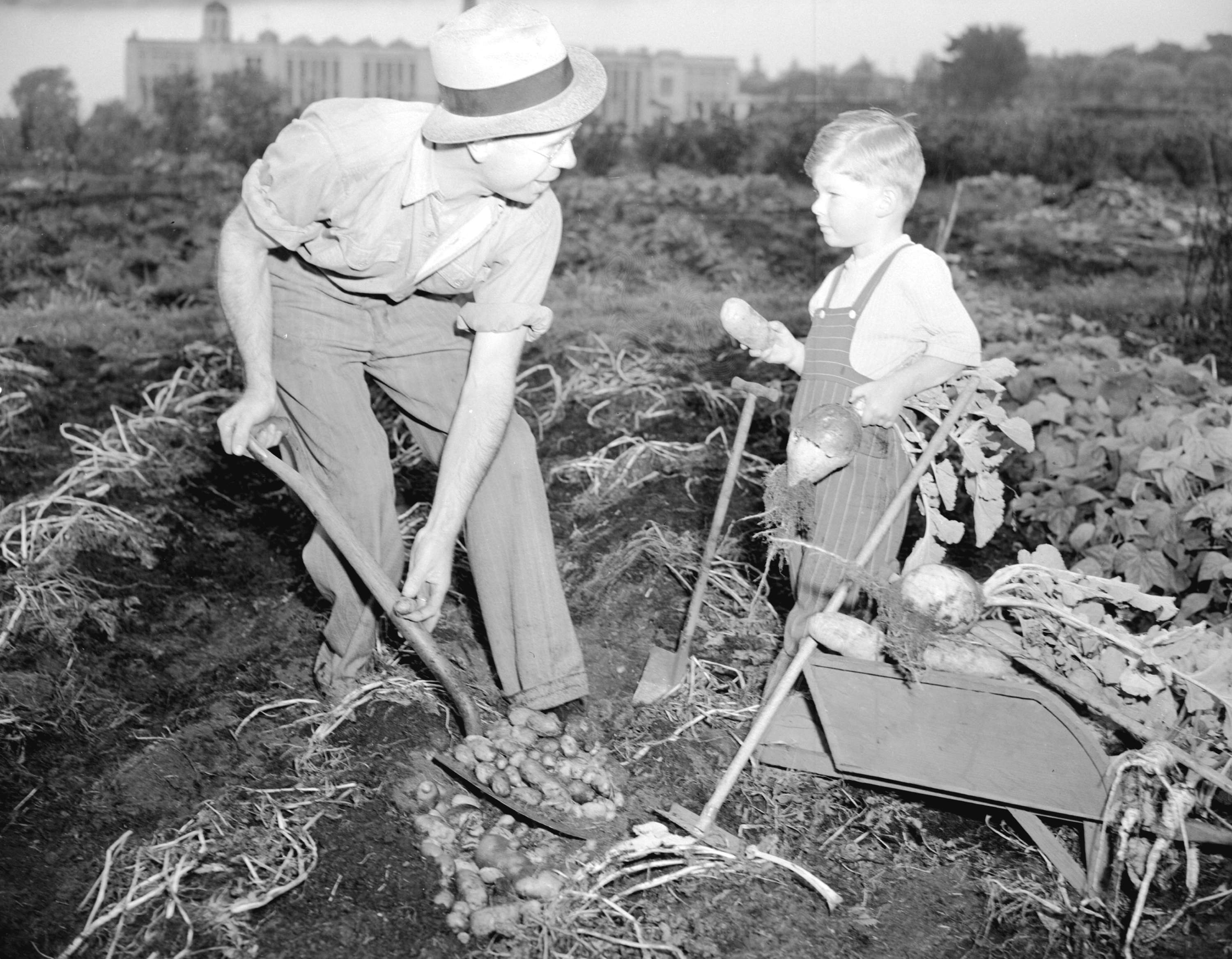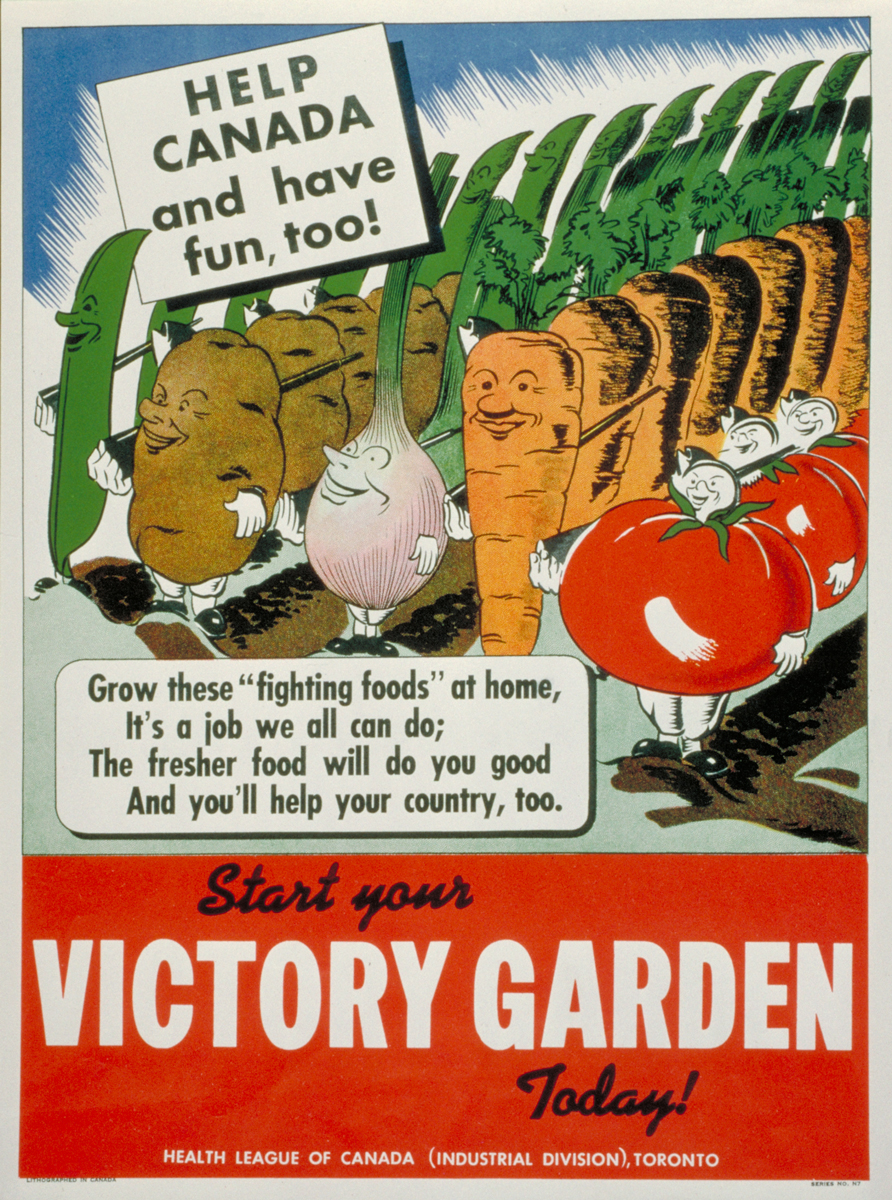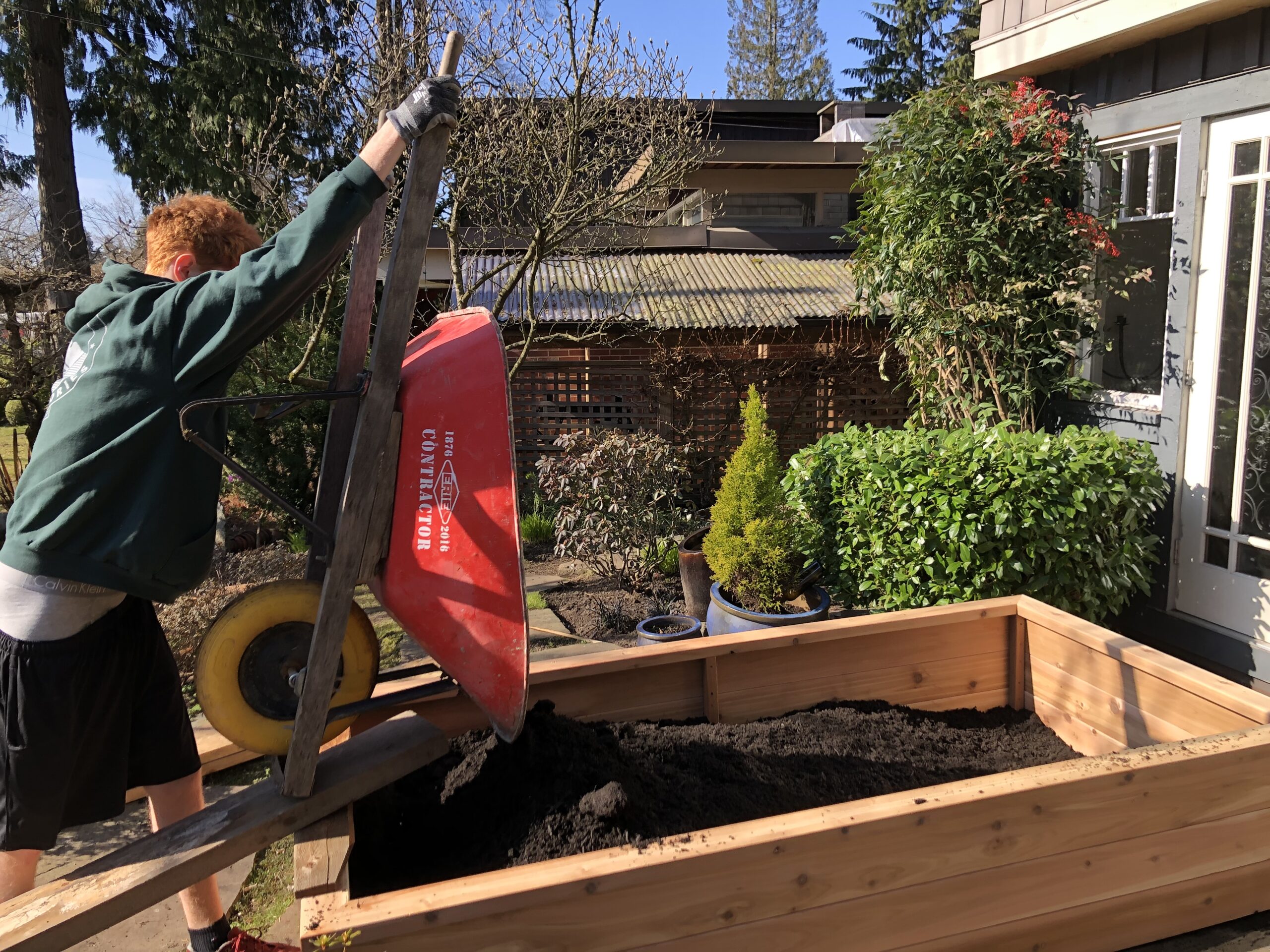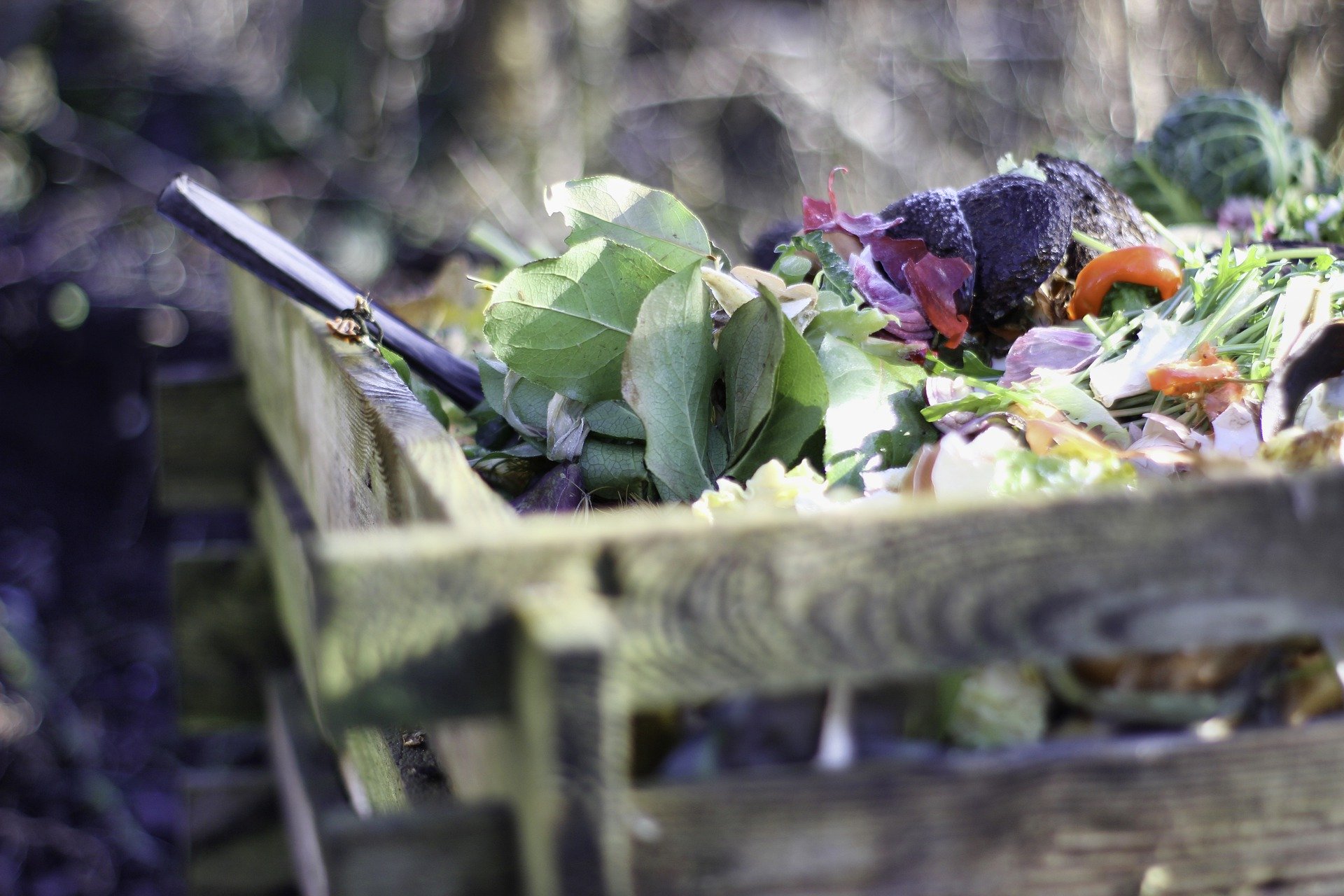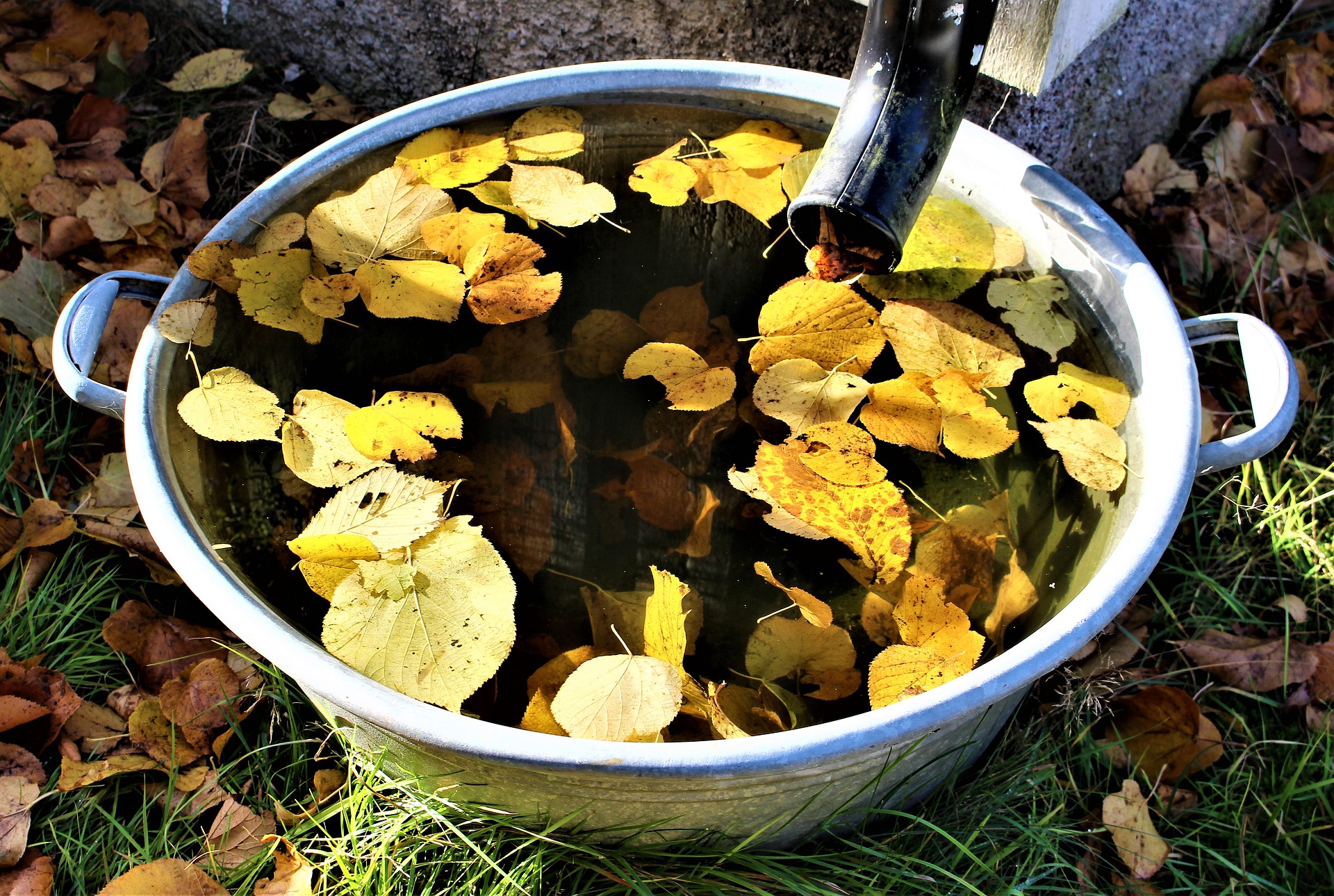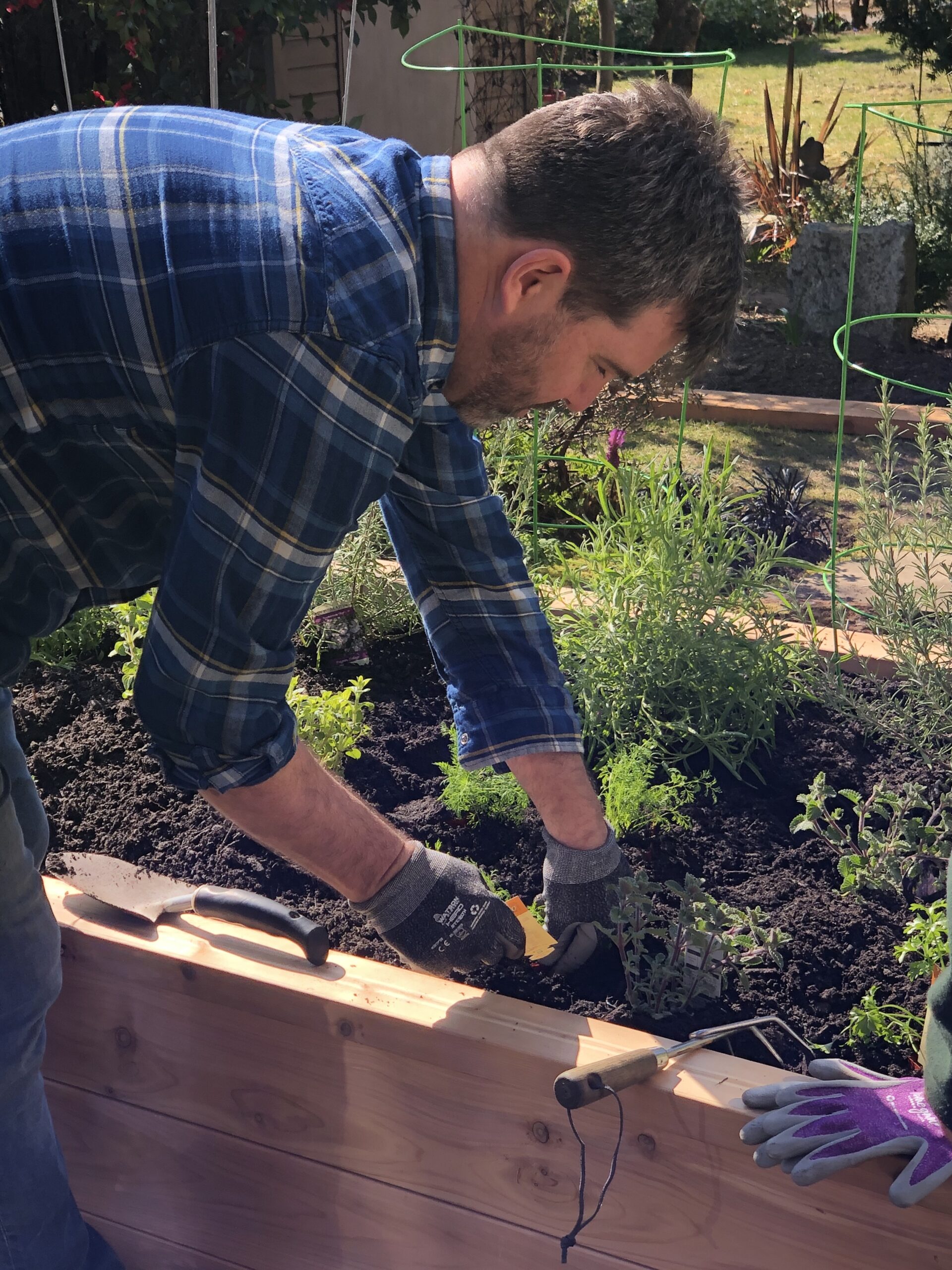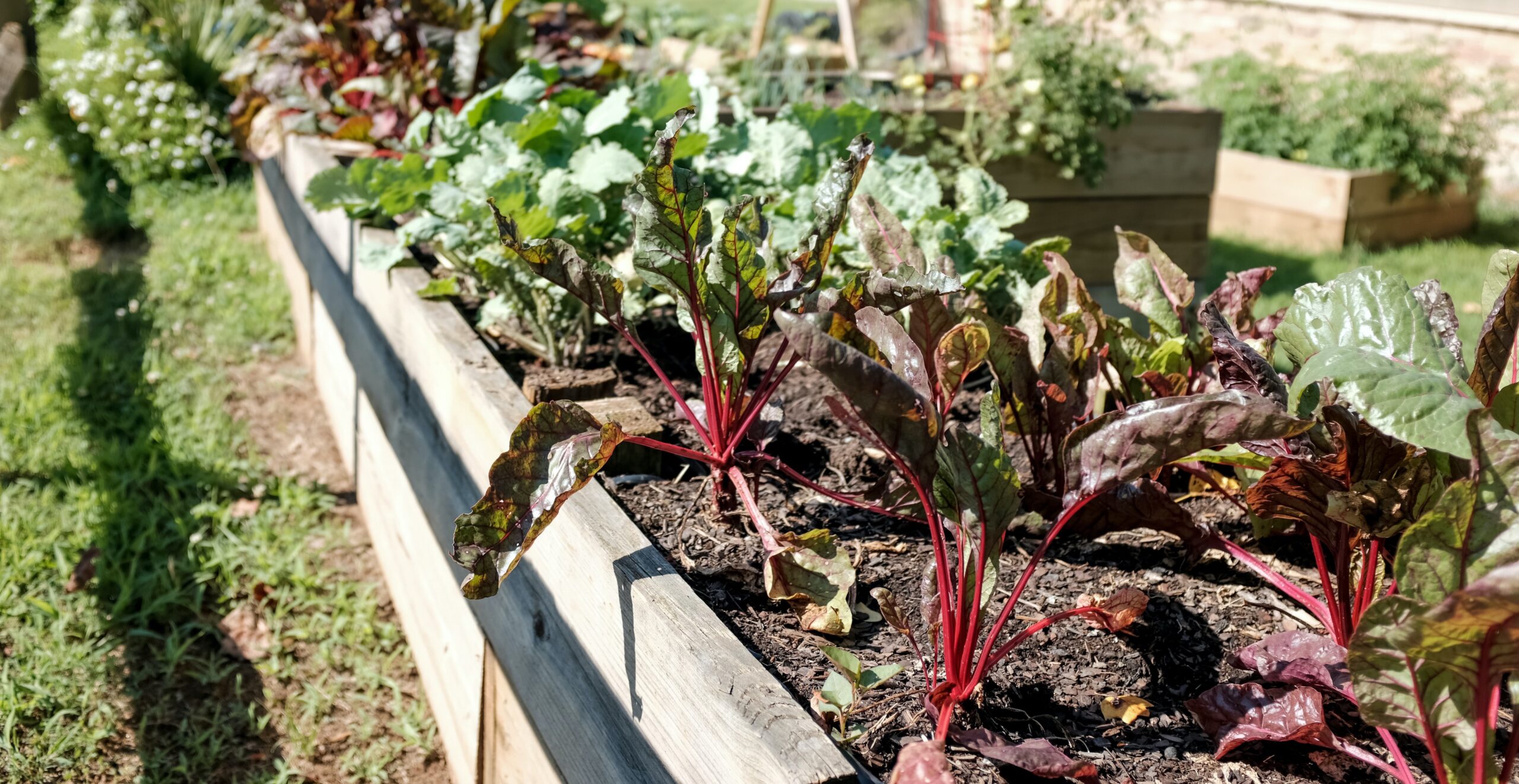
Find Success in Your Backyard with a Victory Garden
Some call it a “Pandemic Garden” or a “Stick it to the Virus Garden” but for the rest of us, we call it a Victory Garden. What is a Victory Garden? Victory Garden is just another way of saying a vegetable or fruit garden. The difference? The deep history behind its name. Victory Gardens, originally called War Gardens, came to fruition in World War I, returned in World War II, and is now seeing another resurgence in our latest war – this time, against COVID-19.
There are a lot of similarities. Although the current crisis is nothing like the wars of the past, in all instances, we’ve been limited with the resources around us. In the past, food was rationed to ensure there was enough to feed the troops during the World Wars, so countries around the world asked their citizens to sustain themselves by creating Victory Gardens. Today, we are ordered to stay at home, have to strategically plan when and how often we have to safely grocery shop, and may see basic essentials or foods selling out in grocery markets.
So, it makes a lot of sense for people today to start producing a Victory Garden and be more self-reliant on their own food supply – much of the same reason why they were grown in the past. Let’s take a look at how Victory Gardens came to be and how you can make your very own modern-day Victory Garden.
From Urban Land to Agricultural Space – A Time Capsule to the Past
Image via City of Vancouver Archives
Ever wondered how urban farming came about? Before city folks got into gardening, plant growing was seen as an activity for farmers. Until the first World War. The government called upon families and communities to grow and preserve their own vegetables and fruits to reduce demand from the nation’s food supply system and also free up transportation of goods during the wartime. Additionally, many of the food grown on Victory Gardens were sent overseas to help feed the troops, which provided a sense of patriotism in helping out with the war while at home.
Image via Canadian War Museum
Victory Gardens were promoted across the country in both World Wars and everyone in the family were called upon to learn and create Victory Gardens. Beyond patriotic duty for the war, it also provided Canadians a sense of ownership and control of their food supply. It introduced us to easy-to-grow vegetables that were uncommon to our diet before Victory Gardens were in place, such as Kohlrabi, Swiss chard and kale.
Along with reducing the strain on food production and supply, the goal of Victory Gardens was to transform urban land to agricultural space by devoting more unused acreage to food production. As a result, portions of backyards, sport fields and community parks were turned into Victory Gardens. And those without a large backyard used window boxes, containers and rooftops to grow their vegetables and fruits. Victory Gardens were met with much success around the world but tapered off the decades after. Until now. With a new crisis at hand where we’re stuck at home, it’s a no-brainer that many of us have gotten back to producing Victory Gardens.
From Patriotism to Food Ownership – A Shift in Victory Garden Mindset
Just looking back at history, we can see a lot of good from Victory Gardens – you take control of your own food supply, get to grow and introduce yourself to new, interesting vegetables and fruits, and develop an applicable domestic skill that you can use for the rest of your life. There are some differences from now and then. The patriotism narrative is absent. There is no push from the government and people who are creating Victory Gardens are voluntarily learning about it from articles and blogs like this one. We have become much less reliant on chemical fertilizers and pesticides, use mulch to stop weeds, seen an increase in gardening in community gardens, and now have a greater variety of vegetables and fruits to choose from.
So we come to the big question – where do I begin? Starting anything new can be daunting, but it doesn’t have to be. If you don’t know where to start, you can refer to our previous blog on how to grow your own vegetables. We dive into the basics so you can get your feet off the ground and start planting seeds in the ground.
In this blog post, we want to introduce you another reason why you should create Victory Gardens. Building Victory Gardens and harvesting your own food is an environmentally-friendly and sustainable way to grow and get your own food. By practicing sustainable gardening, you’re able to conserve resources, improve your soil, and feed yourself with fresh, organic food – that’s a win-win for you and Earth!
5 Easy Ways to be Sustainable with Victory Gardens
Believe it or not, practicing sustainable gardening does not require a lot of resources or effort – in fact, many times, you’re using renewable resources. Here are 5 easy ways to start being sustainable when making your Victory Garden:
1) Compost Your Waste
Who knew recycled food and natural waste could make your produce healthier and more delicious? Well, they do, along with making your soil richer! Your compost acts as a nutrient-rich, organic conditioner for your Victory Garden, eliminating the need for synthetic fertilizer (which may kill pests, but also potentially poison your soil, water, plants, and other beneficial organisms, such as bees and birds).
Before adding compost into your garden, make sure they’re cured for a few weeks and decomposed (should look dark and brittle). Then, mix your compost into your soil before planting, as the compost will further decompose through biodegradation, which helps provide the nutrients to your soil. Make sure you know what kind of compost you can add to your garden. Here’s what you can add:
- Grass clippings
- Wood ash (in moderation)
- Deadheaded flowers
- Dried leaves
- Vegetable & fruit peels
- Tea bags
- Coffee grounds
- Egg boxes
- Shredded newspaper and cardboard
- Vacuumed content
DO NOT add cooked food, meat or glossy paper (such as magazines) to your compost.
2) Mulch Your Soil
Mulch is material used to cover the top of your soil in order to help suppress weeds, retain soil moisture, maintain consistent soil temperatures, prevent erosion, and enrich the soil with nutrients. There are many organic options for mulch, which includes:
- Grass clippings
- Dried leaves
- Shredded bark
- Cocoa bean hulls
- Pine needles
- Shredded newspaper
Seems similar to compost, doesn’t it? The small difference is that compost is mixed and added in with your garden soil before planting, while mulch is spread on top of your soil afterwards. Both significantly benefit your Victory Gardens – compost is meant to be inside the soil and enrich your plants through their roots, while mulch is used to help maintain healthy soil. Good plants and good soil – name us a better duo!
3) Save Your Seeds
As mentioned in our last blog post on seeding, you can save the seeds of your vegetables that have matured. When vegetables have matured, they will produce seeds before drying out. Make sure to collect these seeds and store them in a dry, cool place. Now you can save tons of money, as you no longer need to constantly buy new seeds every year! Nature works in great ways, doesn’t it?
4) Conserve Your Water
Water is a valuable resource that shouldn’t be wasted. So, if it’s possible to conserve and recycle water then why shouldn’t we? Here are a few ways where you can use recycled water for your Victory Garden (don’t worry, plants aren’t too picky with the water they drink):
- Use a rain barrel. It’s a fantastic way to store and reuse rainwater. You don’t need to purchase one either. Here’s how you can build a DIY rain barrel.
- “Bucket” your water while you’re showering – that means using a bucket to pick up leftover water coming from the shower.
- Use unfinished water from your glass or bottle.
- Install a grey water system.
5) Reduce Your Garden Supplies and Go Green
The beauty of gardening is that you don’t need to use any hefty machinery or chemicals, which both can release harmful gases into the air and soil. When you’re tilling your garden, opt for a shovel, rake and your hands. Similarly, when it comes to killing weeds, use again – that’s right – your hands! As mentioned, using synthetic pesticides can release chemicals and poison your soil, water and plants, which you absolutely do not want in your Victory Garden!
We know that gardening gloves are a popular choice for many people who do… well, gardening. We understand that preference and made sure a sustainable option is available – WasteNot™ gloves – gloves made of post-consumer recycled plastic bottles. This is our effort to deal with the plastic waste in our environment. But not only are these gloves a sustainable option; we also believe it’s the best option in gardening gloves out there, as they’re incredibly comfortable and durable. We have WasteNot™ gardening gloves for every outdoor need. Find all our WasteNot™ gloves here, which includes our Homegrown™ collection or click below to view all our gardening gloves.
Bonus: Reuse Outside Resources for Your Tags
It’s crucial to mark your plot of vegetables if you’re planting a variety of them so you know where each of them are. When marking your area, rather than using plastic labels or other materials, consider reusing resources you have outside! That can include wood, rocks or twigs. Get creative — there’s a whole ‘nother world outside in our backyards!
Three Cheers for Victory Gardens!
In the past, Victory Gardens were created out of necessity to free up food supply for the war effort. Now, it’s a choice but a great and practical choice at that. By investing a small bit of your work and time to grow your own Victory Garden, you can lessen the trips to the grocery market (especially now), stretch your dollar value with the produce you grow, and pick the freshest and most nutritious vegetables and fruits when they’re at their peak ripeness. Needless to say, making your own Victory Garden is a small investment for a big victory. And that deserves a hip hip hooray for you and your backyard!
Sign up for our newsletter!
Stay up to date with the latest Watson Gloves news, releases, and industry updates by signing up to our newsletter!


